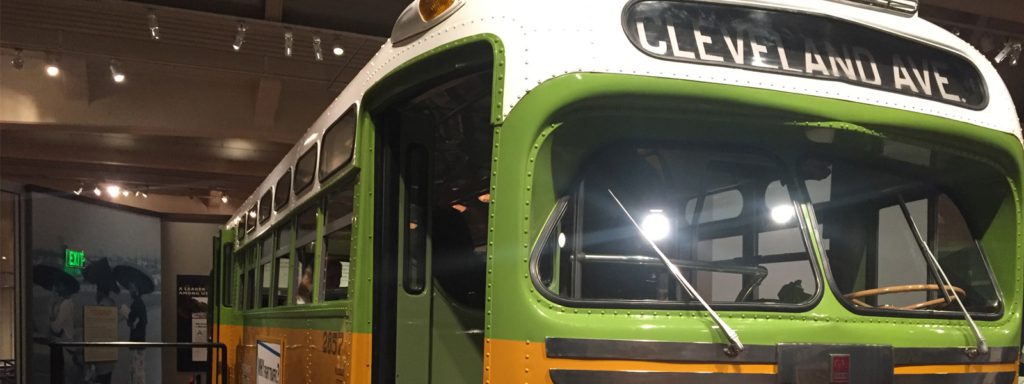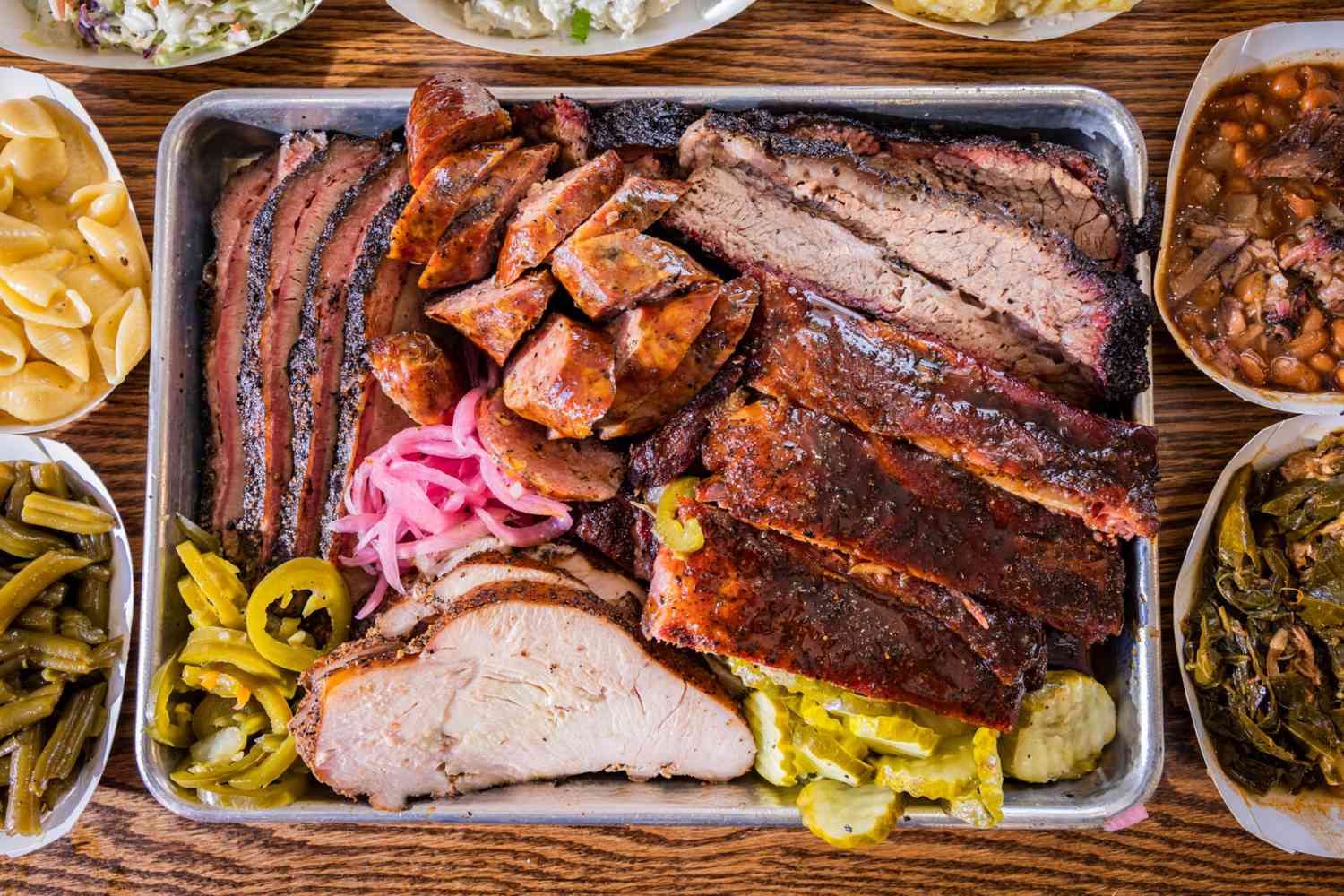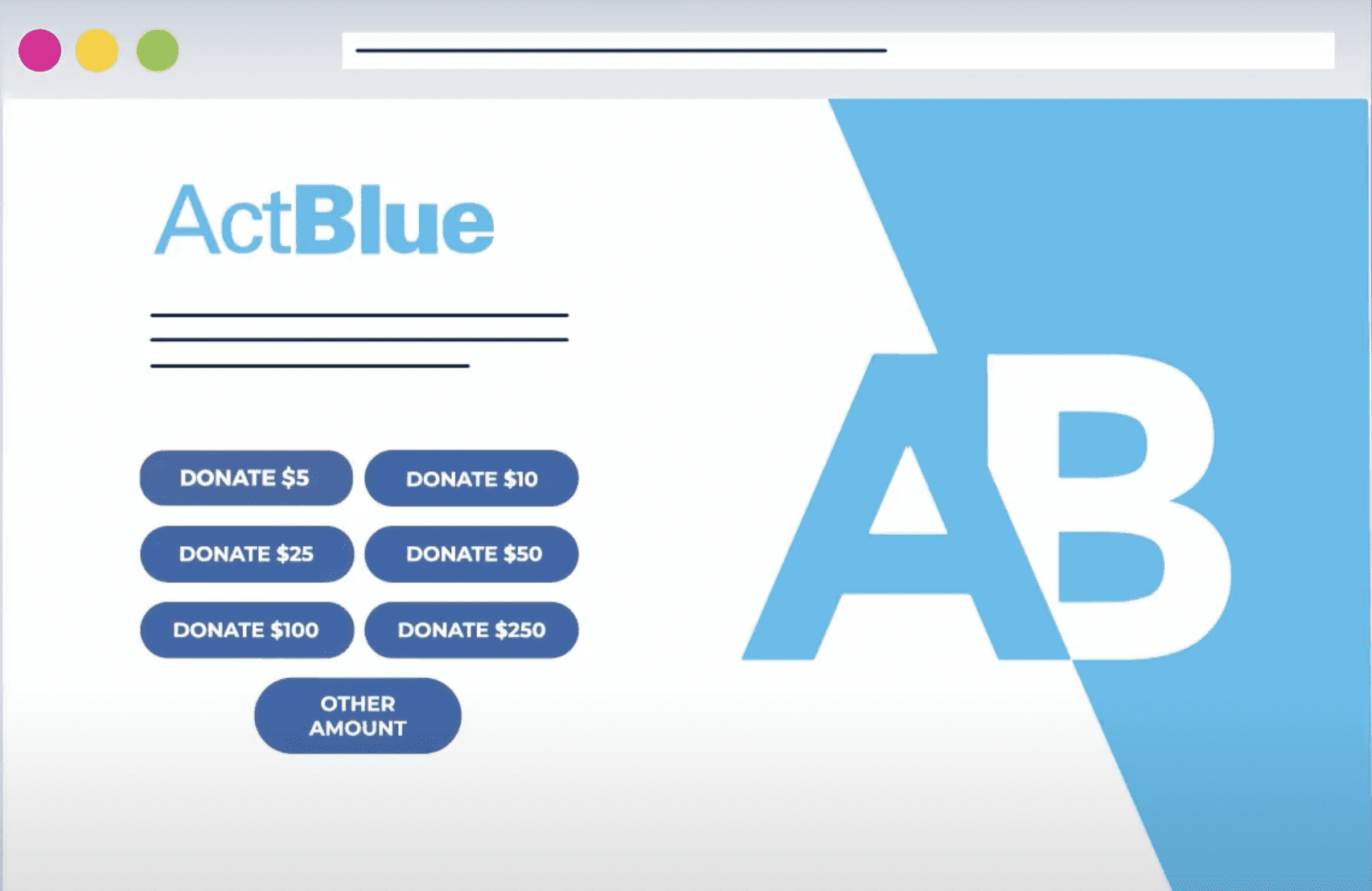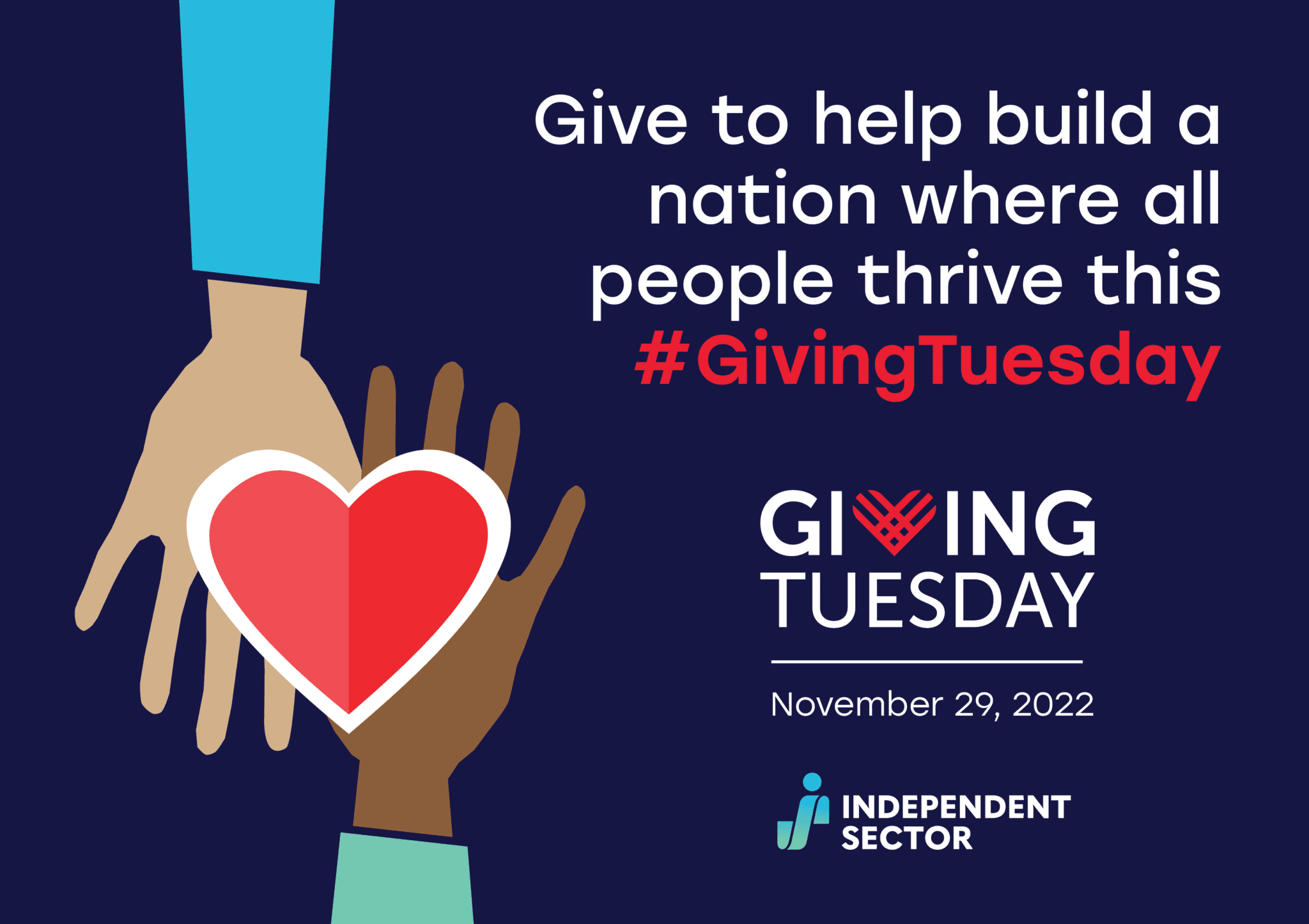 Our team of four has passed the halfway point in a month-long immersion at Civilla in Detroit. You may be following our adventure through Civilla’s podcast, One Billion. In case you’re not, we wanted to share our thoughts on what we’ve been up to and—in a later post—how it’s changed the way we look at our work.
Our team of four has passed the halfway point in a month-long immersion at Civilla in Detroit. You may be following our adventure through Civilla’s podcast, One Billion. In case you’re not, we wanted to share our thoughts on what we’ve been up to and—in a later post—how it’s changed the way we look at our work.
Day one started with our arrival at the Civilla office to a warm welcome. We were immediately invited into the “rhythms and rituals” of the Civilla team and have been part of that flow since. After a quick review of the design thinking methodology we’d be learning and applying – empathize, define, ideate, prototype, test – we were off to the races. Literally. Within our first hour in the office, they sent us out into the cold, rainy day to race around town into an immersion.
The Immersion
Our first lesson in building empathy had us stepping into a Detroit resident’s shoes. We split into pairs, turned off our smart phones, and were told to use public transportation to get to a government office (no address given) where we would then complete a 42-page application for Michigan public benefits. All of this within a deadline of three hours. At various points that morning, we felt angst, hurry, confusion, and humility, but, most importantly, we gained a deeper sense of empathy for those who depend on public assistance, but are required to navigate through a maze to access it.
The Interviews
What if we put people at the center of our work?
Our design question at Civilla involves Independent Sector’s annual conference. So, the first place for us to start was with prospective conference attendees here in Detroit. Over the past two weeks, we’ve interviewed eight local Detroit change makers, and over the course of 90-minute interview sessions, we gained a much deeper insight into their personal and professional lives.
An hour and a half might sound like a long time for one user interview. Collecting information directly related to our conference design question is only a secondary interview goal. The primary goal is to build a deeper connection with the interviewee and begin to collect stories that add texture and context to their lives. We spend almost half of the interview building a rapport by asking about the user’s childhood, family life, defining moments, and future plans – which often provides insights that speak directly to our work with the conference.
Analogous Inspiration
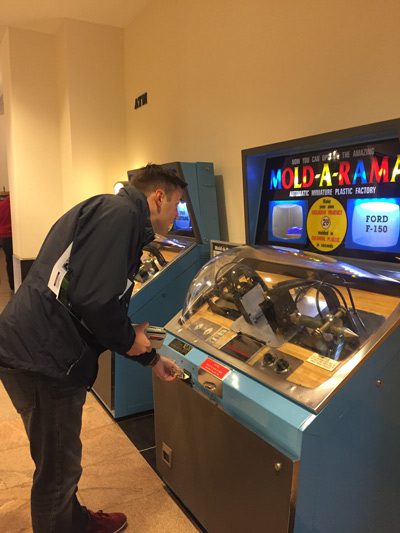 The Henry Ford in Dearborn, Michigan provided a unique opportunity for “analogous inspiration” related to our annual conference. In analogous inspiration, a designer visits or experiences something that is related but distinctly different from their own work, and this out-of-place experience often sparks inspiration
The Henry Ford in Dearborn, Michigan provided a unique opportunity for “analogous inspiration” related to our annual conference. In analogous inspiration, a designer visits or experiences something that is related but distinctly different from their own work, and this out-of-place experience often sparks inspiration
Our team split up to explore The Henry Ford: one group toured a truck manufacturing plant and one ventured through the museum. During our visit, we reflected on specific aspects of the museum experience: How were we welcomed upon arrival? How was the space designed to convey learning? Were their other tools the museum used to transfers knowledge? In each case, we learned something about the museum’s approach that changed the way we thought about our conference.
Whew. All of that was the first two weeks at Civilla. Stay tuned for a blog post later this week to share when and how our team can translate the methodology and insights from our Civilla experience back to our colleagues in DC. And, to see firsthand how all of this work comes to fruition, we’d love to have you join us in Detroit this October. Spoiler Alert! It’ll be a great adventure!
Marie LeBlanc is the manager of critical issues & sector advancement and Troy Adkins is the director of networks & member engagement at Independent Sector.
